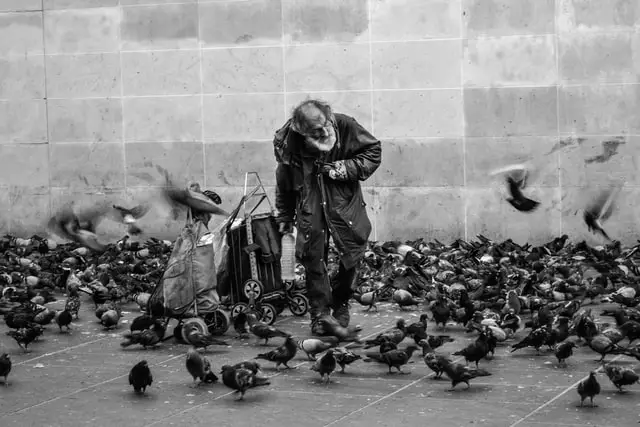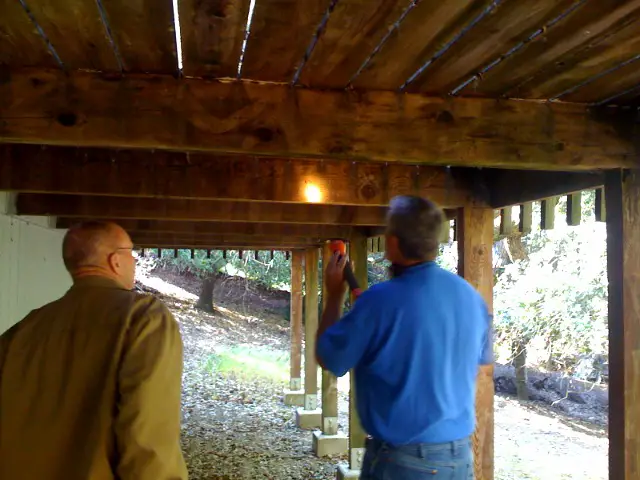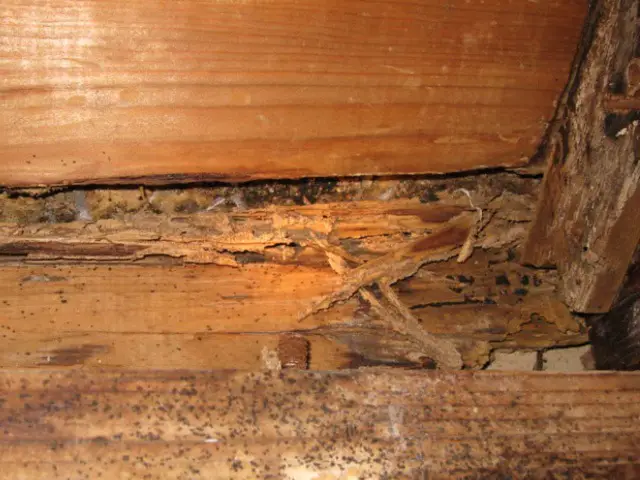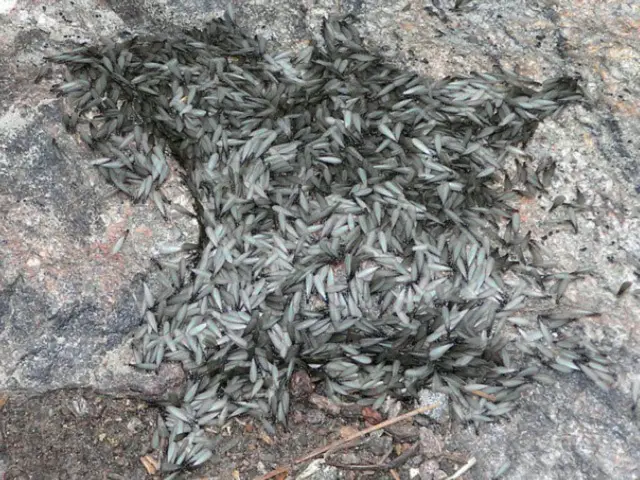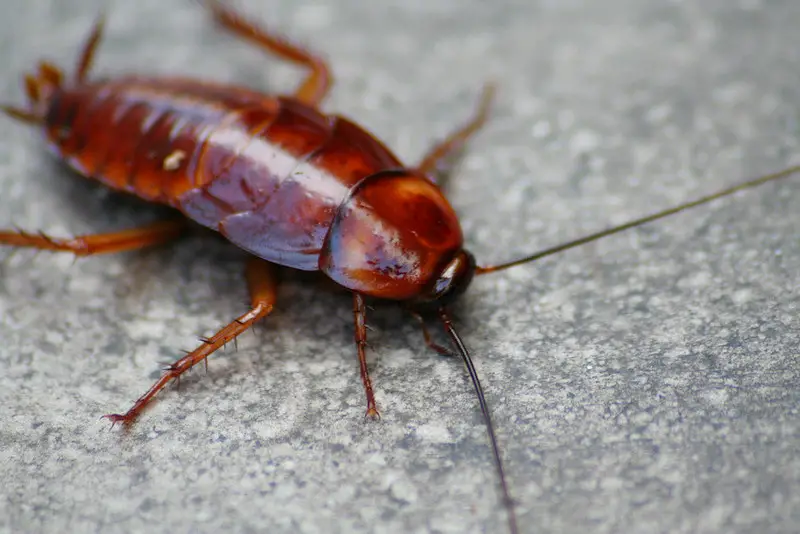Are pigeons considered pests?
Pigeons are among the most common pests in cities. They act as pests, damage buildings and bridges and spread diseases. However, these pesky birds can become a real problem when they start to take over a community, bringing infectious diseases with them. Learn how proper control can help prevent a complete pigeon takeover.
How Pigeons Live
The pigeon, or rock dove, is a strictly diurnal bird, easily adapting to its daytime surroundings. These birds rest in the most unlikely areas at night, from skyscrapers and parks to airports and stadiums. These birds also mate for life, living and traveling in communal flocks that loaf and roost together.
Pigeons are quick to create a new home where there is enough food and shelter available, feeding on grains and some fruit. As pigeons learn how to adapt to living in urban locations, they have changed their diet, looking for handouts from humans or waiting in parking lots for food scraps. For the most part, pigeons have been able to subsist on all kinds of diets.
Why are pigeons called “rats with wings”?
Many people see pigeons as, “rats with wings,” “flying rats” or rodents that invade human habitats. In part, this is true, as pigeons carry diseases that will cause infection.
Pigeon problems mainly stem from feeding. The more food available, the larger the flock grows, creating a nuisance for everyone else. Humans should not feed the birds in case they bite and should not carry wounded or dead pigeons since they can still spread disease.
How to get rid of pigeons?
The trouble with most pigeon control methods is that pigeons are able to return uncannily to the same place as before. In fact, some people have domesticated pigeons for racing. Visual and audio scare tactics sometimes work, along with inaudible devices, mechanical contraptions and heating products that make the pigeons feel uncomfortable. The goal is to force the pigeons out of their current home by creating a distraction that prevents them from wanting to settle into their old nesting area.
Read our article “Why do pigeons sit on my roof?”
Exclusion is the most effective form of pigeon control. By creating physical barriers, such as bird netting, keeps the pigeons from their roosting area and forces them to relocate elsewhere.
Poisons are not particularly effective, but substance controls can disrupt flight behavior and force the flock to disperse, thereby ending nesting behavior. For long-term pigeon control, find an exterminator with experience that can get rid of the birds for good.
Pigeon Control
Pigeons are common in cities, where buildings and bridges make great nesting areas. However, these pesky birds can become a real problem when they start to take over a community, bringing infectious diseases with them. Learn how proper control can help prevent a complete pigeon takeover.
Pigeon Problem in the USA
The old adage of, if it does not work, then try and try again cannot go along with controlling America’s pigeon population. There are dozens of failed attempts to rid homeowners and commercial properties of the annoying birds. Many of the most common tools used to remove pigeons will never prove effective. We have all seen the fake owls mounted to a roof, only to be covered with layers of pigeon feces. You can be sure that when you purchase your fake owl, it does not include a guarantee of performance!
Pigeon control is a very specialized field of service and requires absolute know-how in order to solve a pigeon problem. Only a professional bird and wildlife management expert has the experience and the available tools to solve residential and commercial pigeon problems. Many insect control companies and handymen will make claims in attempting to rid pigeons of a home or building, but their efforts will almost always fall short. Do it yourself homeowners will also make futile efforts at pigeon control only to fall short after spending endless dollars at their favorite local hardware store.
Pigeons are not stupid or slow-moving creatures. It should go without saying that they have wings and can readily go into flight, which makes them all the more difficult to contain. It would appear that most handymen and many pest control companies believe the opposite: that pigeons are somehow less intelligent and adaptable than they really are.
Most homeowners would be shocked to know that pigeons can fly over fifty miles per hour and can travel upwards of 600 miles in a single day. A pigeon’s life span in the wild is between four and six years. This means once a pigeon has made a home, it will often stay until otherwise removed.
Here are some very common failed strategies in eliminating pigeons:
- The plastic owl- This is a great idea, but the pigeons will often use these new perching places instead of showing any fear of these useless owls.
- Shooting- First thing here is that it is illegal to discharge a firearm in city limits, as well as illegal shoot pigeons with a firearm in the city of Phoenix. Once a bird is dead and removed from its perching place, a new bird will quickly take its place.
- Feeding Rice- This is a classic wives tale and will never hurt a pigeon, as the rice requires boiling to expand.
- Alka Seltzer- Another myth in controlling pigeon population. A pigeon’s digestive system can easily handle the gas created by the Alka Seltzer.
- Noise- Ultrasonic (loud) and sonic (quiet) scare devices are marketed to remove unwanted pigeons. They just don’t do much good, and in the case of ultrasonic devices, you are just likely to annoy your neighbors.
- Poisons & Hallucinogens- Poisoning animals is against the law in several states. When using poisons, it is possible to hurt neighborhood cats, dogs, and other birds as well. In the case of using hallucinogens, having disoriented birds flying all over and into windows and buildings is not a good idea. Often the disoriented birds are then dying around homes where they can spread disease.
- Scents- Bleach products, the use of peppers, and even mothballs will have very little effect on a Pigeon.
- Dead Birds- Pigeons will simply overlook the rotting bird and will continue to nest and go on with their lives. Unlike elephants, pigeons do not mourn their dead. But if you had an elephant on your roof, you may have entirely different problems.
- Throwing Rocks- Thrown rocks and other objects will most likely result in a broken window or cracked or damaged roof tiles. Thrown objects may annoy the birds and make them fly away, but they will always come back.
- Chicken Wire- A handyman’s favorite technique. Unless the screening is properly fastened, a pigeon can walk right behind the temporary barrier or even pull the wire down.
- Stacked Rocks- Another handyman special that only adds new perching points and places what could be considered an art-like feature on your home.
- Cats- It is bad enough when a cat drags a small mouse into your home. Can you only imagine what the mess would look like if your house cat began presenting you with dead and bloody pigeons? Cats also do not care for heights much and could get stuck on a hot roof.
- Falcons- While this could work, how many homeowners will become expert falconers in order to eliminate a pigeon problem?
While there are always going to be new and interesting attempts at controlling pigeon populations, it is recommended that an expert bird and wildlife management company be used to handle all pigeon problems.
Pigeons Invade Commercial Buildings
It is an unfortunate reality that pigeons often make use of large commercial structures. For such places as malls and banks, their presence can become an unsightly, difficult-to-clean health hazard. Many property owners and managers may not realize that the potential for damage and danger is so much worse than one might initially think.
On flat rooftops, pigeon waste can very easily clog drainage areas. Every instance of this poses a serious threat of rooftop flooding, which can compromise the structural integrity of buildings that are not equipped for the weight of many hundreds of gallons of water collecting on the roof.
On tile and shingle rooftops, pigeon waste can be tremendously destructive. It may seem unlikely, but pigeon droppings are acidic and can cause holes in underlayment materials leading to leaks. Because the acid in bird droppings is so corrosive, it can also cause damage to signs, metal, and any painted surfaces.
Often, air conditioning units are placed on rooftops in commercial settings. While this is a logical location for the units, it, unfortunately, makes air conditioning units a prime nesting location for pigeons. It is not uncommon for air conditioning units to be blanketed in pigeon waste as the pigeons use them for shelter from the elements.
Disgusting pigeon waste can collect near any pigeon roosting location. Entryways, windows, and nearby lampposts are just areas commonly affected by destructive pigeon droppings. Signage and billboards seem to endure the worst damage from pigeon droppings. Without effective and constant pigeon control, pigeons will return again and again to the same areas leaving tenants and visitors to endure the mess they leave. Action must be taken to discourage birds from returning to roost in their chosen locations. It is only after this issue has begun to be addressed, is worthwhile to begin remediation efforts. There are a number of effective methods that may be used to keep pigeons from returning to a location. An appropriate and customized solution is available for every type of property, from netting to spikes and wires to nearly invisible solar-powered shock track systems.
When remediation becomes necessary, it is imperative to remember that contact with pigeon droppings may pose a health risk, and precautions should be taken to protect the health of the general public as well as anyone working to clean up pigeon waste. Three human diseases are known to be associated with pigeon droppings: histoplasmosis, cryptococcosis, and psittacosis. In most cases, disposable gloves and washable clothing are adequate for protection against diseases. When individuals perform remediation in a small, closed area such as an attic, it is advisable for individuals to employ more comprehensive protection such as disposable coveralls, boots, gloves, and respirators.
In order to avoid the dangers that pigeons produce, exclusion and deterrence are the best weapons of commercial property owners and managers. This is a matter of health and safety as well as protecting the image of an affected business and protecting one’s investment in a commercial property. There are many attractive and effective solutions for every budget available from professional wildlife management companies. If you suspect you may need help with problem pigeons, it is advisable to have the issue dealt with it as soon as possible to avoid the possibility of further damage and destruction.
Pigeon Waste Clean Up
Pigeons, while technically known as rock doves, are often seen as anything but beautiful. In fact, pigeons tend to cluster and roost in urban areas, making them a nuisance. These bird droppings can actually cause harm, which means you need to take pigeon waste cleanup seriously to avoid associated health risks.
Pigeons and Diseases
Pigeons also carry diseases such as cryptococcosis, encephalitis, ornithosis, salmonella and histoplasmosis. These airborne diseases can potentially cause infected lungs, sickness, blindness, human tissue damage and rales. Insects ride on the backs of pigeons, which means close contact with the birds leads to mites, ticks, lice and fleas. These parasites also can invade your home, as they look for a new host after they’re done with the pigeons.
Why Pigeon Waste Is Harmful
Not only do pigeon droppings look disgusting, but they can also lead to eroding metal, burned lawns and crop and plant damages. Pigeons also hang out in flocks, so it’s not just one pigeon you need to worry about, but several at any given time.
Droppings can get sucked into vents, creating a health hazard because diseases and bugs contaminate the air. What’s worse is that dry droppings can flake off and release airborne infections. Moreover, pigeon nesting material and feathers need to be disposed of in order to keep those insects from infesting the home.
Cleaning Up Pigeon Waste
Unlike other rodents or pests, pigeon droppings require the work of a specialist who can properly clean up the mess without exposing themselves to disease. Pigeon control companies also know how to prevent pigeons from roosting in or near your home again. This is a trait unique to pigeons, as they are notorious for being able to locate their nesting areas no matter the weather or direction. By forcing the birds to choose a new nesting location, the pigeons disperse and leave your home alone.
Since you should not ever handle pigeons, especially with bare hands, pigeon trapping is best left for experts, as these birds are very sensitive and most amateur trapping techniques fail. Pigeon cleanup and control agencies will remove the pigeons from hard-to-reach locations and relocate the birds while setting up preemptive measures, such as electrical repellent systems or netting. Don’t wait before it’s too late to have pigeons removed and pigeon waste cleaned up from where you live.
Feral Pigeon, Rock Dove
Scientific Name for Pigeon: Columbia Fasciata
Description of Pigeons: Pigeons are the ultimate urban mess maker. They can take over neighborhoods, parking structures, rooftops, mechanical units and any area that has ledges, shade and protection. They are often gray to grayish purple in color. They sometimes have iridescence in their feathers, especially around the neck.
As they can eat a wide range of foods, it is easy for them to co-exist with humans. Pigeons are typically 11 to 16 inches tall and weigh about nine to 16 oz. Pigeons are associated with over 45 infectious diseases and parasites and require professional materials and workmanship to permanently address the problem.
Pigeons Range and Reproduction: The Feral Pigeon is found in all 50 states. It originated in Europe and proliferated in urban areas in the United States. Pigeons are only active during the day and will only move at night if disturbed or scared. If displaced, Pigeons can find their home or nest from hundreds of miles away.
A Pigeon nest usually looks like a very small bed comprised of grasses, small debris and twigs. Pigeons will mate for life if the conditions exist. An average female will lay 1-3 eggs on a nest; these will hatch approximately two weeks later. Reproduction in this animal can occur any time of year.
Health Information and Pigeons: Pigeons are associated with over 45 infectious diseases, including Histoplasmosis, which leads to blindness. The feces of Pigeons also carry and host over 30 types of parasites. Most health problems originate from the feces settling into the soil around peoples’ homes — at which point the dust and spores can be ingested or inhaled into peoples’ lungs.
Important Facts on Pigeons:
- Pigeons are diurnal and only active during the day.
- Pigeons are not afraid of humans.
- Pigeon urine can corrode metal and destroy roof materials.
- Pigeons have internal homing capabilities to be able to find their home.
- People often race pigeons as a hobby or sport.
